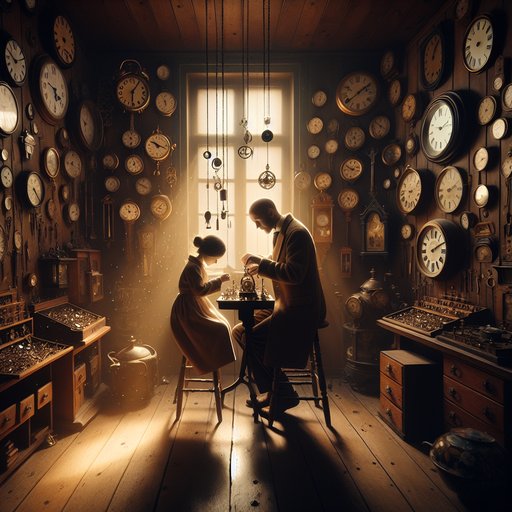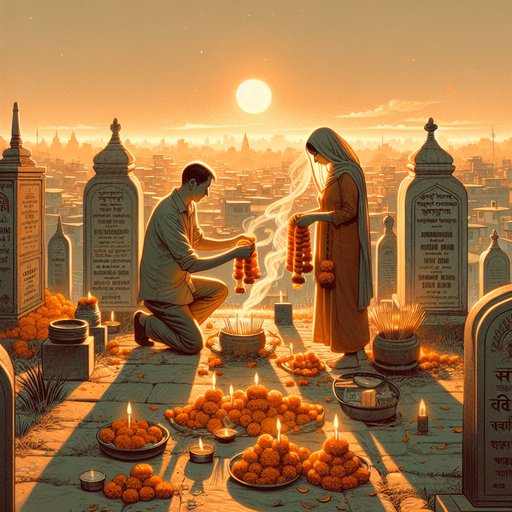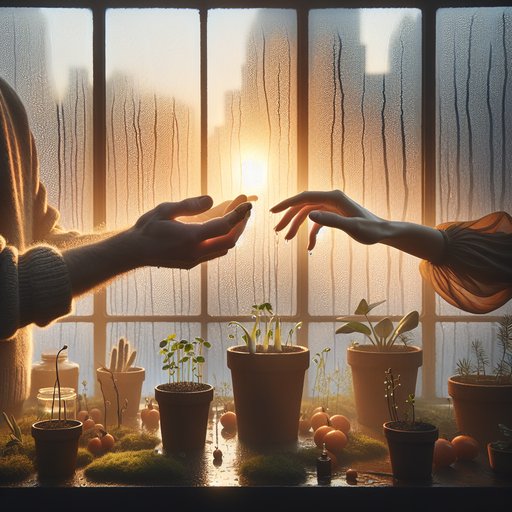
When Lena drops a forgotten disposable camera at the last photo lab on Willow Street, she doesn’t expect the prints to hand her an old life. Marco, the one who stayed, runs the lab and recognizes the past in the glossy margins. A storm swells over the canal and a demolition date looms for the old trestle where they once made a promise and then broke it. Pulled together by film and flood, memory and muscle, they find themselves shoulder to shoulder, rescuing books, reframing the town, and deciding whether the image of them can still come into focus.

In a narrow house where every wall carried the sound of a different clock, a young caregiver and an aging watchmaker learned to keep time together. What began as a shift on a printed schedule became a soft, defiant love that rearranged the hours and taught them both how to stay.

On the hill where the wind carries incense from one family plot to the next, Ximena threads marigolds into a sun-bright chain while Wei folds paper into a lantern shaped like the moon. They meet between stones etched with different alphabets, their hands smelling of citrus and ash. In a neighborhood where bodega radios tangle with temple bells, the language of memory is as complicated as the language of love. Together, they learn how to keep faith with the people who made them without losing the shape of what they can become.

In a winter city where glass sweats and breath turns to fog, two strangers keep finding one another in the greenhouse's humid hush. He tends plants with quiet, earth-bitten fingers. She comes to thaw, to forget the way a foreign alphabet can feel like a locked gate. Their languages do not meet, but their hands do, building a lexicon on skin—two taps for yes, a thumb's slow circle for again, a palm pressed to a sternum for truth. When time threatens to unspool them, they stake their promise in soil, in growing things that do not care what words you speak, only how gently you touch.




















































